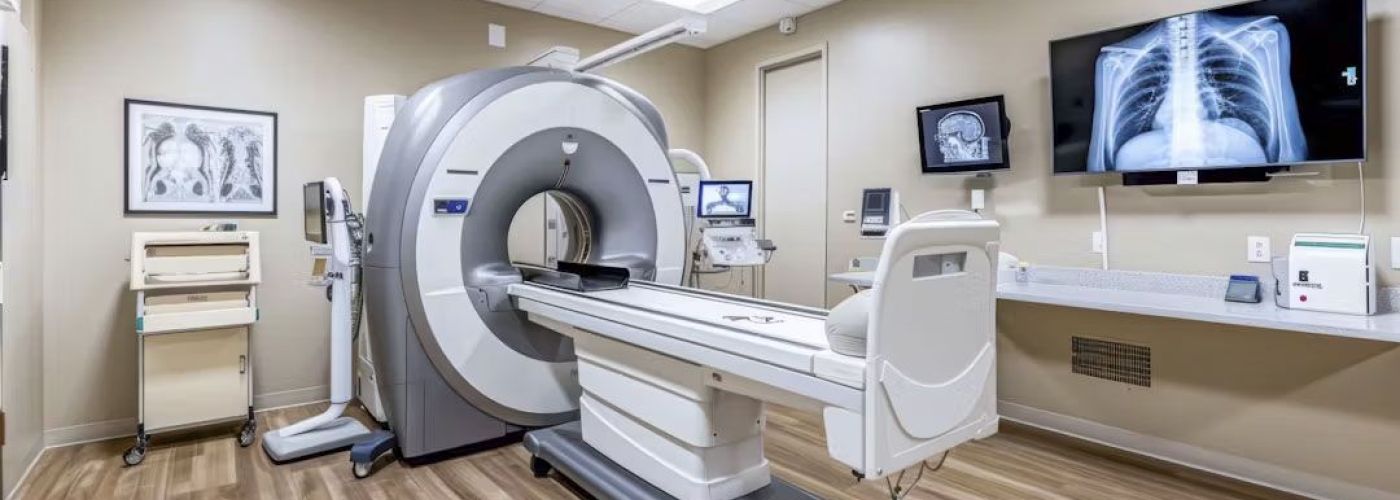In an increasingly competitive healthcare landscape, imaging centers must demonstrate exceptional follow-up management to retain patients, strengthen relationships with referring providers, and manage liability risks. By automating follow-up identification and processes—especially for incidental or actionable findings—centers can maximize revenue and elevate patient care standards, all without expanding their workforce.
1. The Financial Upside: Reducing Patient Leakage and Boosting Revenue
Why Reducing Patient Leakage Matters
Patient leakage occurs when individuals leave your healthcare network before completing recommended services-whether it’s follow-up imaging or additional treatment. This phenomenon represents a significant revenue drain: some reports suggest that preventing leakage can increase provider income by up to 17%. For imaging centers, a robust follow-up strategy ensures retention of these patients, contributing to stable revenue streams and financial growth.
Practical Tips for Revenue Growth
- Automated Reminder Systems: Consistently remind patients about upcoming appointments or overdue imaging follow-ups via email, text messages, or mail if preferred. This reduces no-show rates and keeps your schedules full.
- Centralized Scheduling Platforms: Offer patients the ease of booking or rescheduling 24/7 through user-friendly portals.
- Personalized Outreach: Use patient data to send timely, relevant messages encouraging them to complete their recommended imaging services.
By implementing these strategies within a comprehensive, automated follow-up platform, imaging centers create a seamless experience that minimizes the risk of patient drop-off and directly contributes to revenue retention.
2. Building Trust and Delivering Value to Referring Providers
Why Referrals Matter
Strong relationships with referring providers are essential for sustained growth. These clinicians seek imaging centers capable of closing the communication loop, ensuring no finding is overlooked and that patients receive timely follow-up care. When they see an imaging center adept at managing follow-ups and swiftly reporting results, they are more likely to direct future patients to that facility.
Effective Communication Tactics
- Instant Report Sharing: Share radiology reports and follow-up recommendations through secure digital channels, providing referring physicians with near-immediate updates.
- Clear, Actionable Reporting: Include explicit instructions on recommended follow-up intervals and next steps, reducing ambiguity and fostering confidence.
- Educational Outreach: Periodically invite referring physicians to webinars or brief consultative sessions on the importance of incidental finding follow-up, emphasizing your center’s commitment to comprehensive patient care.
By positioning your imaging center as a proactive partner, you’ll stand out as a go-to resource that values the referring provider’s reputation and the well-being of their patients.
3. Mitigating Risk and Avoiding Legal Liability
The High Stakes of Missed Follow-Ups
Missed follow-ups and overlooked incidental findings are major drivers of malpractice claims in radiology. Even a single overlooked recommendation can lead to severe patient harm and substantial legal exposure. By establishing automated tracking and thorough documentation, imaging centers can significantly reduce the risk of costly legal proceedings.
Liability-Reducing Measures
- Real-Time Alerts: An automated system can immediately flag urgent or critical findings and notify the referring provider and the patient.
- Documentation Best Practices: Keep an electronic record of every follow-up outreach attempt—emails, texts, phone calls—to demonstrate due diligence.
- Staff Training and Protocols: Regularly train technologists, radiologists, and administrative staff on internal policies for escalations and follow-up thresholds, ensuring consistency and accountability.
A strong focus on risk management, supported by technology, protects imaging centers from lawsuits and enhances patient safety and trust—two cornerstones of long-term success.
4. ACR-Validated Outcomes: Achieving Over 80% Closure Rates
Proven Success Through Standardized Measures
The American College of Radiology (ACR) provides evidence-based guidelines and measure sets tailored to improve follow-up compliance. These standards have proven that strategic follow-up protocols can push completion rates beyond 80%—an achievement that reflects clinical excellence and bolsters an imaging center’s reputation and market positioning.
Key Steps for ACR-Aligned Results
- Adopt ACR-Endorsed Protocols: Use the ACR’s measure sets to establish consistent procedures for tracking and closing the loop on incidental findings.
- Frequent Auditing: Conduct quarterly or monthly reviews to ensure compliance with established follow-up metrics.
- Transparent Reporting: To reinforce your commitment to quality, share performance data, such as follow-up completion percentages, internally and with referring providers.
Aligning with ACR guidelines signals that your imaging center maintains the highest possible clinical standards, further driving referrals and patient confidence.
5. Automated Care Orchestration: High Efficiency Without Additional Staff
Myth-Busting Resource Requirements
One common misconception is that achieving high follow-up closure rates demands new hires or specialized care navigators. However, advanced solutions leverage automation to eliminate much of the manual workload typically associated with patient tracking and communication. This ensures more consistent follow-ups and lightens the administrative burden on existing teams.
Automation Advantages
- Integrated EHR Workflows: Systems can pull data directly from Electronic Health Records, and return required follow-ups, including ordering information and alerting staff only when human intervention is necessary.
- Scalability: As patient volumes grow, the system automatically manages more follow-up tasks without additional personnel.
- Streamlined Documentation: With automated platforms, every call, email, and text is time-stamped and stored, making compliance reporting straightforward and efficient.
Imaging centers can use an automated approach to pursue aggressive follow-up targets and fulfill key performance indicators (KPIs) without overextending their budgets or staffing resources.
6. Leveraging End-to-End Analytics for Continuous Improvement
The Power of Data Insights
Data is crucial for refining follow-up processes. By closely monitoring each stage in the patient journey—initial appointment, referral, imaging, results communication, and follow-up—imaging centers gain actionable insights to improve patient adherence, reduce delays, and optimize operational workflows.
Critical Analytics to Track
- Follow-Up Compliance Rates: Measure how many recommended follow-up imaging exams are completed.
- Turnaround Times: Monitor how quickly patients receive follow-up communications and schedule follow-up scans.
- High-Risk Patient Identification: Flag patients with urgent or suspicious findings, prioritizing their follow-up appointments.
These analytics enable imaging centers to identify bottlenecks, adapt their strategies to patient behavior, and effectively manage operational risks—all of which drive better outcomes and stronger financial performance.
Sustainable Success Through Comprehensive Follow-Up Management
Implementing an automated, thorough follow-up process is a strategic imperative for imaging centers seeking to stay competitive. By decreasing patient leakage, solidifying provider relationships, reducing liability exposure, and adhering to ACR-validated protocols, centers can achieve follow-up closure rates exceeding 80%, a benchmark of high-quality care and operational excellence.
Notably, these improvements don’t require additional staff. Advanced solutions like Inflo Health handle repetitive tasks, allowing existing teams to focus on meaningful patient interactions and clinical responsibilities. The result is a more profitable, legally protected, patient-centered organization consistently delivering on key performance metrics.
Take the Next Step
Invest in Inflo Health, the only follow-up solution that drives high reliability in follow-up care, to truly differentiate your imaging center. By identifying 100% of recommendations for follow-up, proactively engaging patients, capturing vital data, and maintaining open communication with referring providers, you will set the stage for sustained growth, minimized risks, and extraordinary patient experiences.
References
New Report Shows That Preventing Patient Leakage Could Boost Hospital Revenue by 17%: https://medcitynews.com/2022/03/new-report-shows-that-preventing-patient-leakage-could-boost-hospital-revenue-by-17/
Failure to Follow Up after Care – Standards of Care: https://www.standardsofcare.org/medical-malpractice/types/failure-follow-care/
Risk Management Strategies to Prevent Liability Claims: https://www.mlmic.com/blog/universal-risk-management-strategies-prevent-liability-claims/
Novel Quality Measure Set: Closing the Completion Loop on Radiology Report Recommendations PDF: https://www.acr.org/-/media/ACR/Files/Quality-Programs/Moore-Fnd/CtL-Full-Set-May-28-2021.pdf
(Further references available upon request.)












